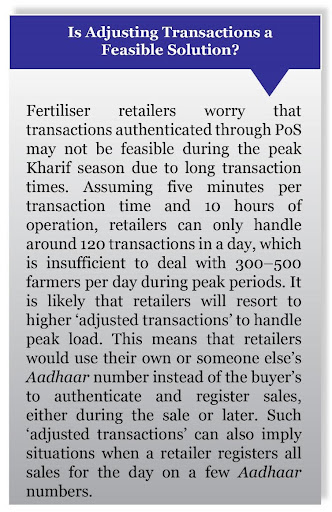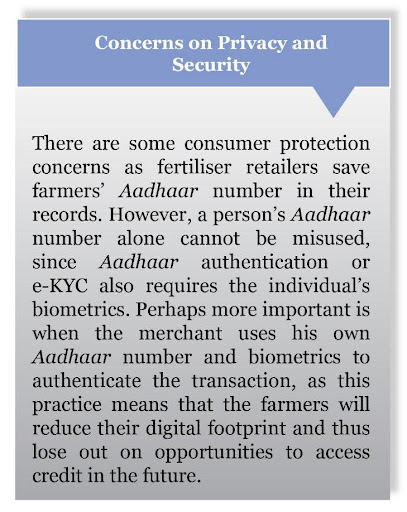Agent banking is increasingly popular in many developing countries. From Brazil to Kenya and many other emerging markets, agent banking has increased the use of transactional financial services among financially excluded adults. In Nigeria, the Central Bank introduced agent banking guidelines in 2013 to contribute towards achieving the objectives of the National Financial Inclusion Strategy. According to the EFInA 2016 Financial Access Survey, only 38.3% of the adult population in the country has access to formal financial services. This is characterised as having access to deposit money banks, microfinance banks, mobile money, insurance and/or pensions.
Since 2013, and increasingly through 2017, leading banks have embarked on a revolution in agent banking. These deposit money banks believe agent banking would enable them to reach more customers with increased profitability through better efficiency and cost-reduction. In the case of agents, the revolution is expected to ensure financial remuneration, increased customer traffic to pre-existing businesses of the agents, and improved community status through bank brand affiliation. For customers, the expected benefits are convenience and cheaper transaction costs. While this understanding of bankers is indeed appropriate – they often fail to consider critical elements of agent banking. Some of these misunderstandings are as follows:
Lack of Appreciation that Agent Banking is an Evolution
Agent banking plays an important part in the evolution of digital financial services. It is a critical step in the movement towards user-initiated transactions. Agent banking requires strategies that appreciate the element of time, therefore, the objectives and benefits need to be split into the short-run and medium-term. In the short-run, agent banking should mainly be perceived as an additional channel for the provision of products and services beyond the existing branch channels. Existing banks currently have only transactional relationships with customers from the bottom of the pyramid and not true banking relationships. This is partly attributed to existing products not being fashioned for the lower-income segments.
Having a network of agents does not guarantee the attraction of customers. It calls for developing products that target customers consider useful. These are products that can address their daily money management pain-points. The network cannot be expected to be the main driver for customer acquisition without considering the prevailing challenges around the creation of Biometric Verification Number (BVN), which constrain the ability of the banks to on-board new customers. Until these challenges are resolved, banks would need to migrate their existing lower value transactions from branches to agents to reinforce the business-case of agents.
In the medium-term, the case for agent banking is about providing value-added services. This involves the development of products that enable customers to easily associate and build relationships with a bank through increased transactions, which is necessary for market penetration. As an objective of financial inclusion, the focus should be on making financial services relevant to the unbanked on a daily basis. This would call for two critical steps. The first step is to build low cost ‘bridges’ to cash, that is, in the form of a ubiquitous, well-supported agent network. This would allow Nigerians to easily convert cash into electronic value (e-value). The second step is to make the e-value directly useful for customers, to encourage them to maintain their money in this form. Banks should, therefore, identify compelling use-cases and tap into relevant opportunities that exist in Nigeria.
Distended Expectations on Agent Banking Profitability
Agent banking is fundamentally not about the banks making huge direct profits through a low-cost channel. It is about what the additional channels can do to change the business model over time, shifting the banks’ customers from using more expensive channels like branches, service centres and ATMs. The channel itself may not generate significant profits. It can, however, facilitate additional business for the bank, as well as additional deposits. Some institutions with exaggerated expectations intend to deploy huge agent networks at the start. This poses a challenge to adequately managing and supporting agents and/or eroding the expected benefits to agents. With this understanding, the institutions will not engage in ‘spray and pray’ agent acquisition strategies but progressively and strategically grow their networks region by region..
From high-profit expectations come inflated financial models, which then translate to unrealistic Key Performance Indicators (KPIs) for the operational or branch staff members. These KPIs are unrealistic due to the incorrect metrics that generate them. This leads to poor buy-in among the expected foot-soldiers as the KPIs would be deemed unrealistic. This understanding is critical to enable the senior management to prepare appropriate budgets and KPIs for the operational staff driving the business.
Fear of Co-opetition
Co-opetition is the ability of players to cooperate with each other for the benefit of each business while remaining competitors. It calls for close partnerships that leverage the comparative advantages of the partners. There is a fear of these partnerships by leading banks, which could slow down the prospects of agent banking. For instance, the various agent banking operations, network deployment, and product development are struggling. This is because of their nature of high-involvement, yet there is minimal individual bandwidth within the banks to effectively run the operations. This is coupled with ignorance of the fact that agent banking requires focus. Strategic partnerships within shared agent networks and close tie-ups with the FinTech players could transform the agent banking business-case in Nigeria. It would allow partners to play their roles on the basis of their core strength. FinTechs have been seen to even attract the more traditional banking customers with services tailored to their needs, while banks struggle to innovate. This is despite existing gaps in technology development and understanding in the market.
Conclusion
For agent banking to prosper in Nigeria there needs to be a deeper understanding of the true business-case. A better understanding of the business-case calls for top executive/management alignment, a paradigm shift in organisational culture and structure, and specific customer segment orientation and differentiation. The actual business-case needs to be clearly articulated to all stakeholders to ensure meaningful partnerships that would make things work. The uncomfortable truth that patience should be a virtue with this engagement is inevitable. It is for the banks to find a way to convince and address the no surulere mentality, meaning ‘no to patience’ for this business model to be effectively implemented, especially for the bank teams and agents.
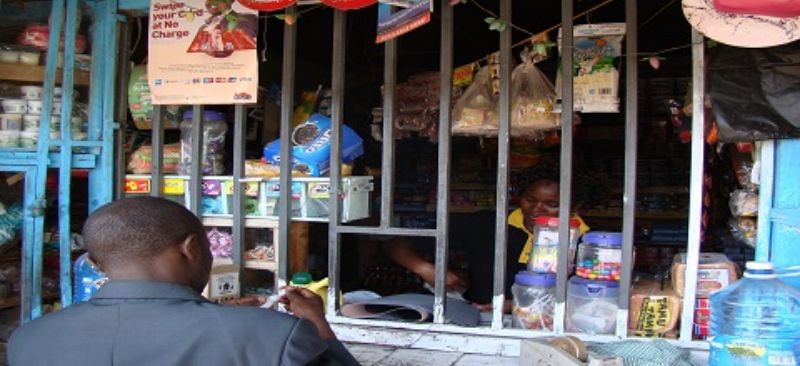


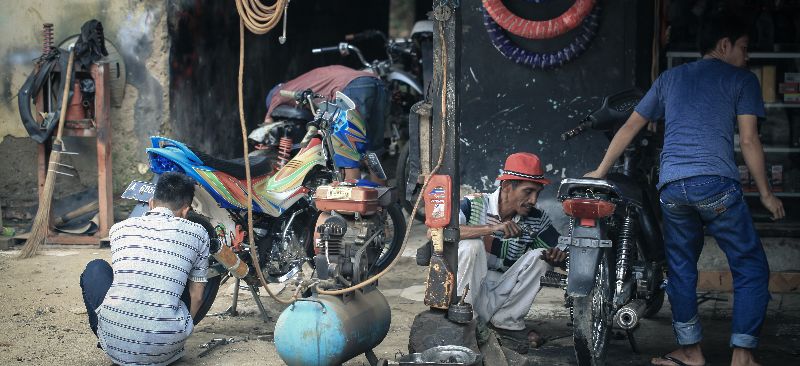
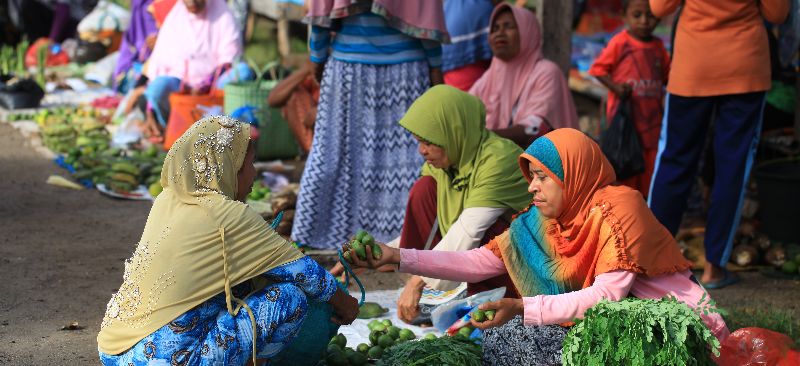

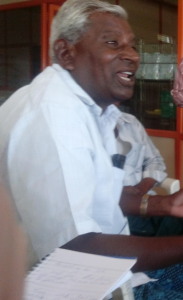
 “During the last Kharif2 season, when I went to buy fertiliser, the retailer refused to sell, citing Aadhaar-based biometric authentication as a mandatory requirement for purchase. I had to go home and return the next day with my Aadhaar number (card). Yet I was unable to purchase fertiliser the following day as well because of a long queue of farmers, whose biometric authentication was taking time due to multiple attempts for authentication. I was finally able to purchase fertiliser on the third day, that too after multiple biometric authentication attempts and waiting in queue for half the day”.
“During the last Kharif2 season, when I went to buy fertiliser, the retailer refused to sell, citing Aadhaar-based biometric authentication as a mandatory requirement for purchase. I had to go home and return the next day with my Aadhaar number (card). Yet I was unable to purchase fertiliser the following day as well because of a long queue of farmers, whose biometric authentication was taking time due to multiple attempts for authentication. I was finally able to purchase fertiliser on the third day, that too after multiple biometric authentication attempts and waiting in queue for half the day”.